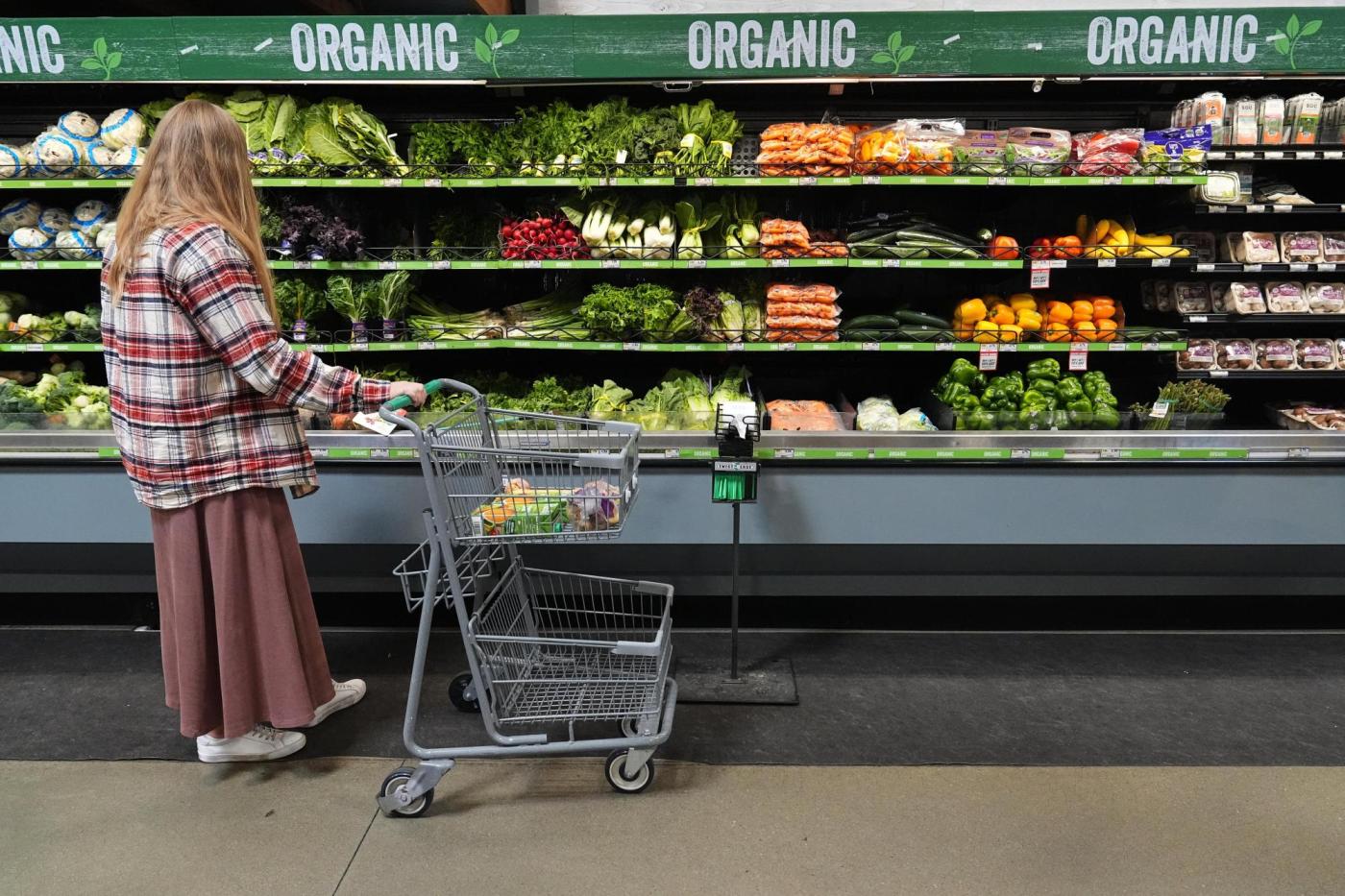**SNAP Food Aid Uncertainty Looms as Congress Moves to Reopen Government**
By Geoff Mulvihill, Associated Press
Congress has taken a significant step toward reopening the government, but uncertainty remains regarding when all 42 million Americans who rely on SNAP food aid will regain access to their full November benefits.
On Wednesday, the House adopted a plan to reopen the government, sending it to President Donald Trump for his signature. Included in the plan is a provision to restart the Supplemental Nutrition Assistance Program (SNAP). However, questions persist about when benefits will be loaded onto the debit cards beneficiaries use to purchase groceries.
A spokesperson for the U.S. Department of Agriculture (USDA), which administers SNAP, stated in an email Wednesday that funds could be available “upon the government reopening, within 24 hours for most states.” The USDA did not immediately clarify whether this timeline applies to when money would be available to states or when funds would be loaded onto beneficiaries’ debit cards.
Court Battles and State-by-State Variation
SNAP, the largest government food program, serves about one in eight Americans. Court battles have affected the program’s fate in recent weeks, with seesawing rulings and varied USDA communications meaning that beneficiaries in some states have already received their full monthly allocations, while others have gotten nothing or only partial payments.
States report that it’s faster to provide full benefits than to calculate and program for partial payments. According to an Associated Press tally, at least 19 states and the District of Columbia issued full benefits to some recipients last week. Many accomplished this within a day or so, during the narrow window between a Nov. 6 court ruling requiring full payments and a Nov. 7 U.S. Supreme Court action that stopped it.
Jessica Garon, spokesperson for the American Public Human Services Association, anticipates that most states will issue full benefits within three days of receiving the go-ahead, though it may take up to a week for others. Experts suggest that states which have not distributed any November benefits, such as South Carolina and West Virginia, will likely be the quickest to act. A complication arises for the 16 states that issued partial benefits, as technical hurdles may delay the issuance of the remaining amounts.
Delays Impact Millions of Recipients
Timing is critical for millions of Americans counting on SNAP benefits. About 42 million lower-income Americans receive an average of $190 monthly per person through the program. Recipients report that benefits rarely cover their full grocery needs, even with careful budgeting. Delays make things worse.
Doretha Washington, 41, of St. Louis, is struggling to feed herself, her husband, and their six children on limited resources. Her husband works servicing heating and cooling systems, but the family still needs SNAP to make ends meet. By November, they had received nothing, though Missouri reported Tuesday that partial benefits would be issued soon.
“Now it’s making things difficult because we can’t pay our bills in full and keep food in here,” Washington said. “I’m down to three days of food and trying to figure out what to do.” She has been rationing their supply, while others have turned to food charities, facing long lines and diminishing provisions.
State Governments Scramble as Funding is Cut Off
The USDA notified states on Oct. 24 that SNAP would not be funded for November if the shutdown continued. This led states to scramble—most Democratic-led states sued for funding restoration. Some Democratic and Republican-led states sought to cover SNAP payments with state funds, boost food banks, and even deploy the National Guard for food distribution. Others used federal SNAP funds only after a judge ordered the Trump administration to restore payments.
The Senate-passed bill to reopen the government calls for states to be reimbursed for spending their own money on programs usually funded federally. Details about SNAP reimbursement eligibility remain unclear.
While the USDA has promised to reimburse states that paid partial SNAP benefits under a system allowing up to 65% of regular allocations—and said that even states paying full benefits could receive partial reimbursement—it also clarified that amounts already loaded onto EBT cards would not be reduced.
Confusion and Chaos
States that pursued legal action for benefit restoration noted in a Wednesday court filing that the USDA’s late and sometimes contradictory information “illustrates the chaos and confusion occasioned by USDA’s multiple, conflicting guidance documents.”
**Associated Press reporters Margery A. Beck and David A. Lieb contributed to this report.**
https://www.bostonherald.com/2025/11/12/timeline-for-snap-benefits/
